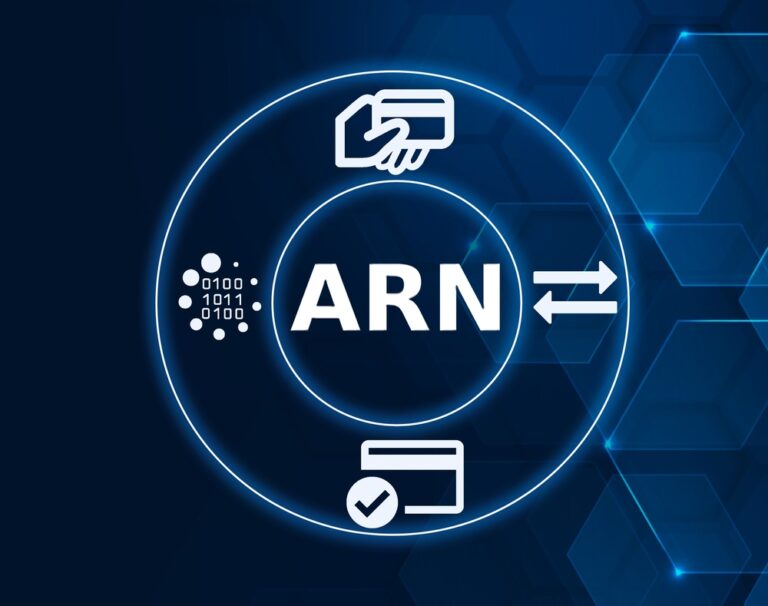BNPL Chargebacks Explained: What Merchants Need to Know

BNPL Basics: What It Is, How It Works, and Why It’s Growing
BNPL is a short-term installment payment option that lets customers receive products immediately and pay over time, typically in four equal payments spread across several weeks. At checkout, shoppers select a BNPL provider like Affirm, Klarna, or Afterpay, complete a quick approval process, and agree to a fixed repayment schedule. The provider pays the merchant upfront, minus processing fees, and assumes responsibility for collecting payments from the customer. This arrangement removes financing burdens from merchants while improving conversion rates and average order values.
BNPL adoption has accelerated rapidly, particularly among Gen Z shoppers seeking flexibility without traditional credit. In the United States alone, more than 86 million consumers used BNPL services in 2024, and global usage is projected to nearly triple to 900 million users by 2027. Analysts expect U.S. spending through BNPL to exceed $97 billion in 2025, with continued double-digit annual growth. This surge is reshaping e-commerce behavior, with BNPL now covering everything from large retail purchases to everyday expenses like groceries.
For merchants, BNPL presents both opportunity and complexity. It opens doors to new customers and higher sales volumes but introduces unfamiliar dispute dynamics and evolving regulatory oversight. As more transactions shift toward installment payments, understanding BNPL’s mechanics and long-term growth trajectory is essential for building effective chargeback prevention and management strategies.
Understanding BNPL Chargebacks
BNPL allows consumers to split purchases into installments with little or no interest. While this flexibility drives conversion and average order value, it also creates conditions for higher chargeback exposure. Customers may dispute transactions after forgetting repayment schedules, misunderstanding terms, or experiencing financial hardship.
Fraudsters may also exploit the ease of BNPL account creation.
Traditional chargeback strategies often do not address these new risks. Liability can shift between merchant, BNPL provider, and card network depending on repayment stage and contractual terms. This lack of clarity requires merchants to proactively understand each provider’s dispute framework.
Why BNPL Chargebacks Are Different
Standard chargebacks stem directly from card transactions. BNPL disputes, however, operate on a layered system. The BNPL provider fronts payment to the merchant, while the customer repays the provider over time. When a dispute arises, evidence gathering and resolution can involve all parties, slowing timelines and complicating accountability.
These complexities are further magnified by regulatory changes. Authorities are beginning to treat BNPL products like credit, applying stricter compliance requirements and clearer consumer protections. Merchants must stay alert to these shifts to avoid penalties and maintain customer trust.
Challenges for Merchants
- Limited visibility into BNPL provider dispute processes and data
- Variability in evidence requirements compared to card-based chargebacks
- Difficulty unifying BNPL disputes with broader chargeback management systems
- Balancing customer satisfaction with aggressive fraud controls
These issues demand a coordinated approach, especially for merchants managing multiple BNPL integrations.
Strategies to Reduce BNPL Chargebacks
Merchants can minimize BNPL disputes by adopting proactive measures. Start with customer education, ensuring repayment terms and product details are clearly communicated at checkout and in follow-up reminders. Integrate fraud screening tools that account for BNPL-specific risks, like synthetic identities or first-time account abuse.
Another critical step is collaboration. Work closely with BNPL providers to understand their evidence requirements, dispute timelines, and prevention tools. This alignment helps streamline representment efforts and improves win rates when disputes occur.
For merchants scaling rapidly, integrating BNPL data into a unified dispute management solution is essential. It provides a single view of all chargebacks, including those tied to BNPL, and eliminates workflow silos that drive inefficiency.
Why Specialized BNPL Chargeback Management Matters
BNPL is transforming consumer payments, but it brings a new wave of chargeback complexity. Merchants must understand how liability shifts, how dispute processes differ, and what proactive measures can mitigate risk. By integrating BNPL chargeback management into broader prevention strategies, merchants can confidently embrace BNPL’s growth without sacrificing revenue protection.
ChargebackHelp supports merchants with tools built for modern payment environments, including BNPL. Our solutions combine advanced fraud detection, automated dispute workflows, and expertise in emerging payment regulations. This allows merchants to protect revenue, reduce costs, and improve customer relationships in a rapidly evolving landscape. Contact our team today to learn more about how we can help your company prevent, and fight, BNPL chargebacks.
FAQs: BNPL Chargebacks
What are BNPL chargebacks?
BNPL chargebacks occur when a customer disputes a purchase made through a Buy Now, Pay Later service. The process involves both the BNPL provider and the merchant, rather than just the card network.
How do BNPL chargebacks differ from credit card chargebacks?
BNPL disputes often involve additional parties and extended timelines. Liability can shift between the merchant and BNPL provider, unlike the direct merchant?bank relationship in credit card disputes.
Who is responsible for handling BNPL chargebacks?
Responsibility depends on the provider’s policies and agreements with the merchant. Some BNPL companies manage disputes directly, while others require merchant participation in evidence submission.
Can BNPL chargebacks be prevented?
Yes. But it requires more than just one-time fixes. Preventing chargebacks, including those tied to BNPL transactions, is an ongoing effort that demands constant coordination, smart fraud controls, and timely communication. Most merchants struggle to keep up, especially as payment types and dispute rules evolve. That’s where ChargebackHelp comes in. Our platform automates chargeback prevention across all payment types, including BNPL, so you can stay ahead of disputes without the operational burden. We handle the complexity so you can focus on growing your business.







